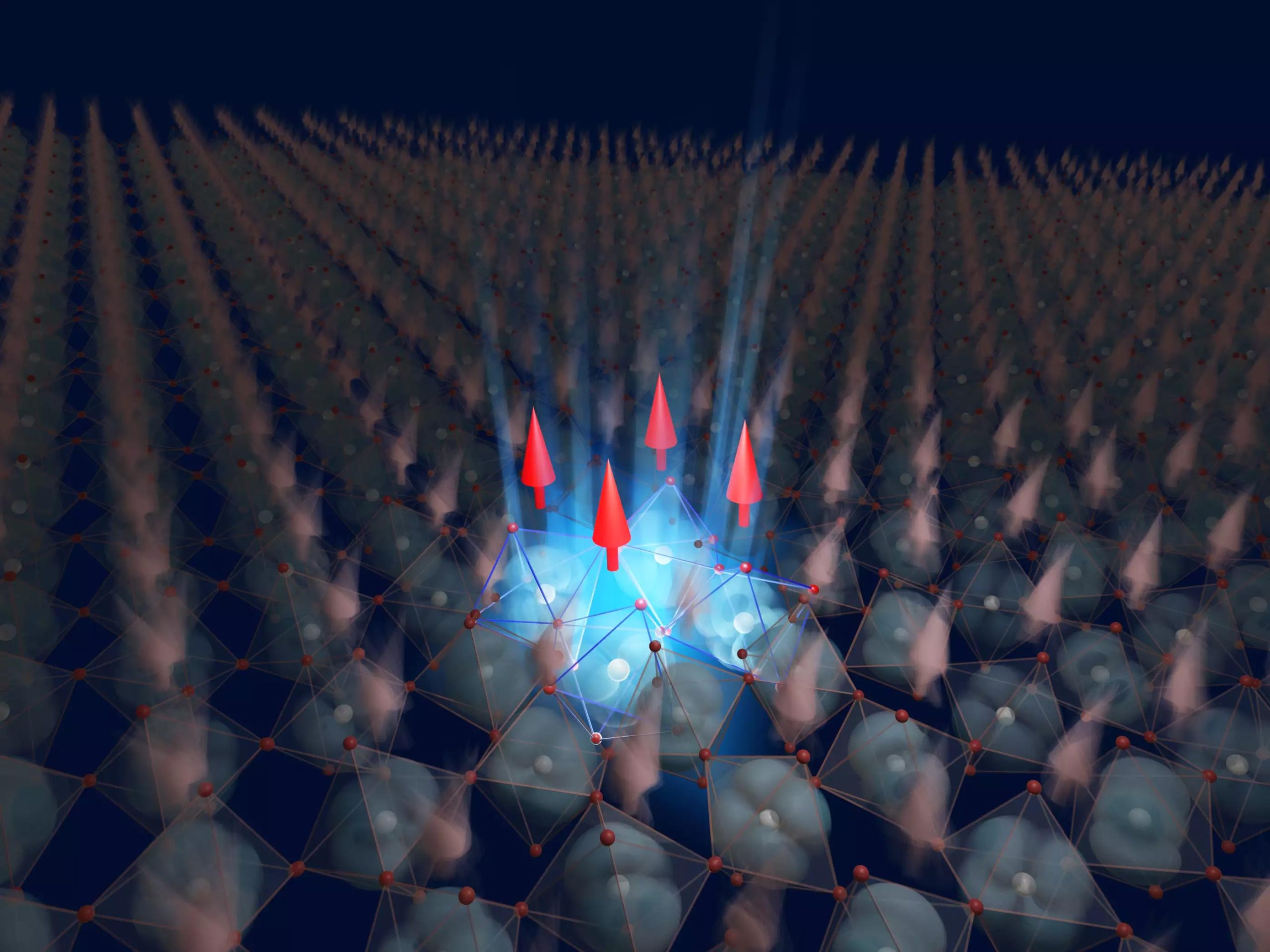Connect with us
Published
2 months agoon
By
admin
Researchers have successfully employed terahertz (THz) light pulses to induce ferromagnetism in the crystal YTiO3 at temperatures exceeding its normal transition temperature by over three times, a groundbreaking achievement detailed in the journal Nature. This method, utilizing pulses lasting just hundreds of femtoseconds, created a ferromagnetic state that lasted for several nanoseconds, offering potential advancements for optically controlled memory and computing devices. The typical transition temperature for YTiO3 is 27 K (-246° C), but this light-induced ferromagnetism was achieved at nearly 100 K (-193° C). The team utilized THz light to vibrate the crystal lattice, which helped align electron spins in a coordinated manner. Notably, exciting a specific phonon frequency of 9 THz resulted in a significant enhancement of magnetization—approximately 20% above the theoretical limit—while other phonon frequencies had varied effects. This innovative approach not only demonstrates a new means to control magnetism but also paves the way for ultra-fast processing in future computing technologies, increasing efficiency by transforming how magnetic bits in digital memory are manipulated, potentially revolutionizing the future of data storage and processing.













